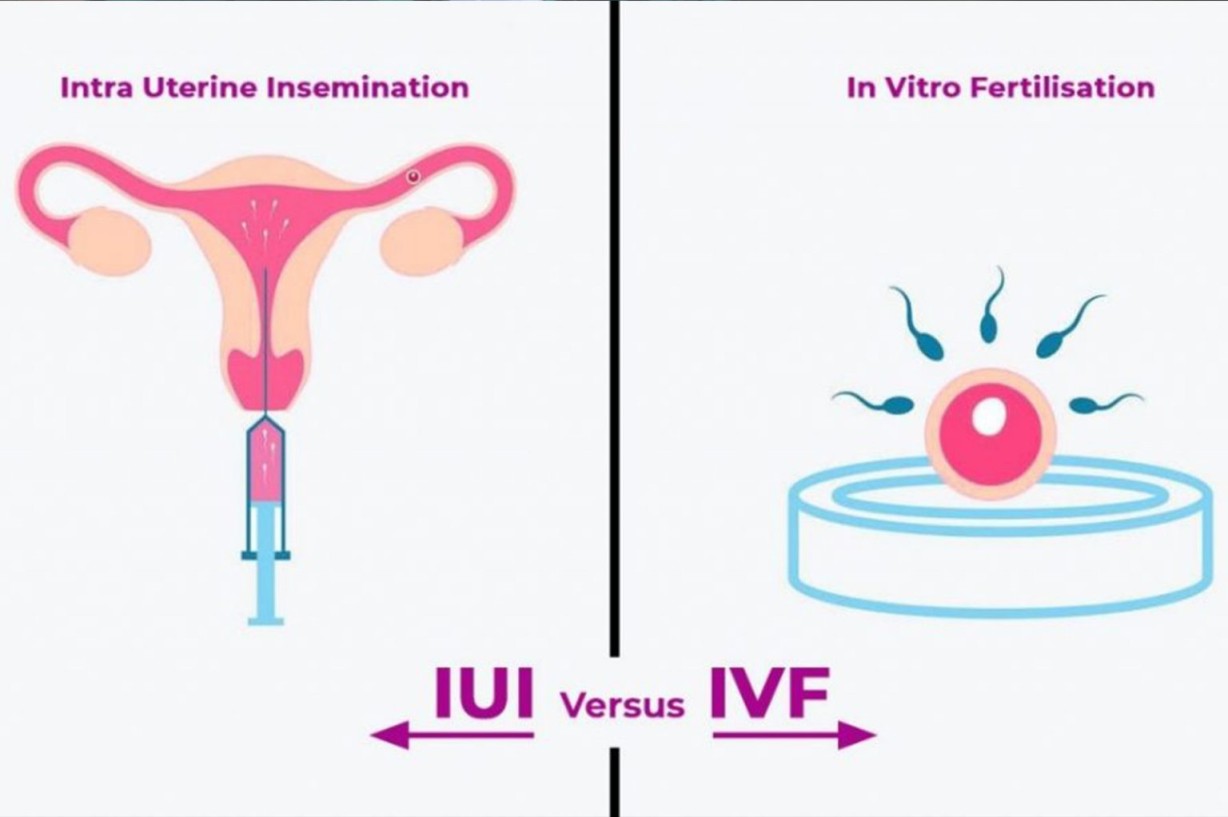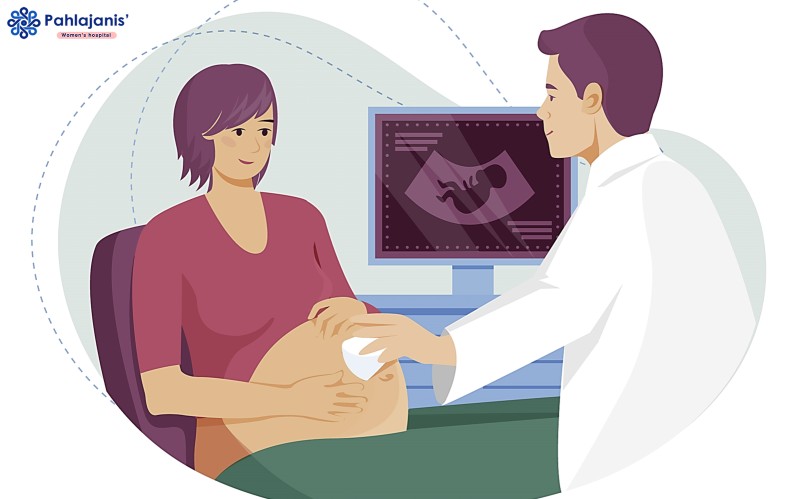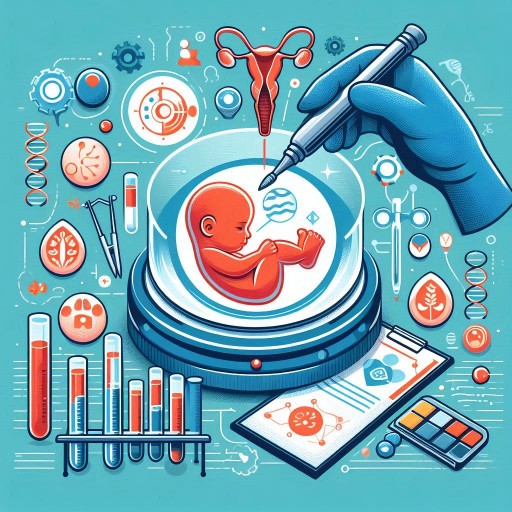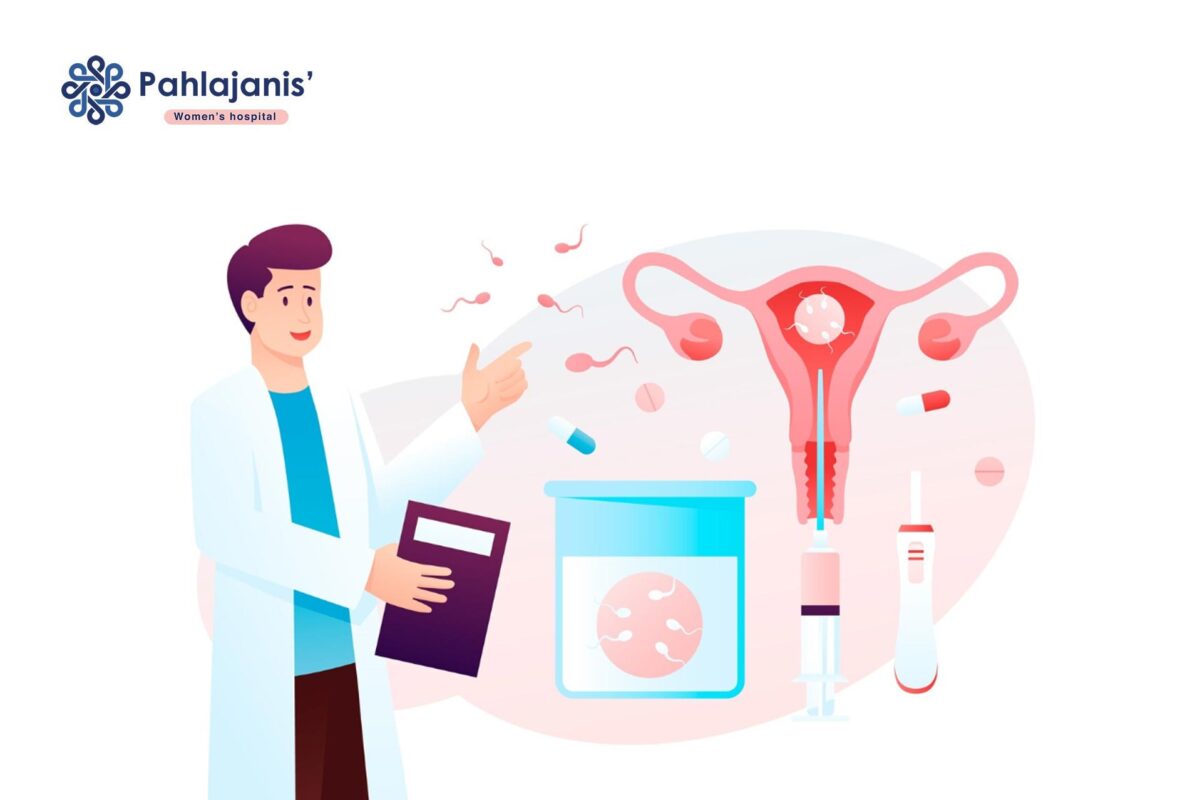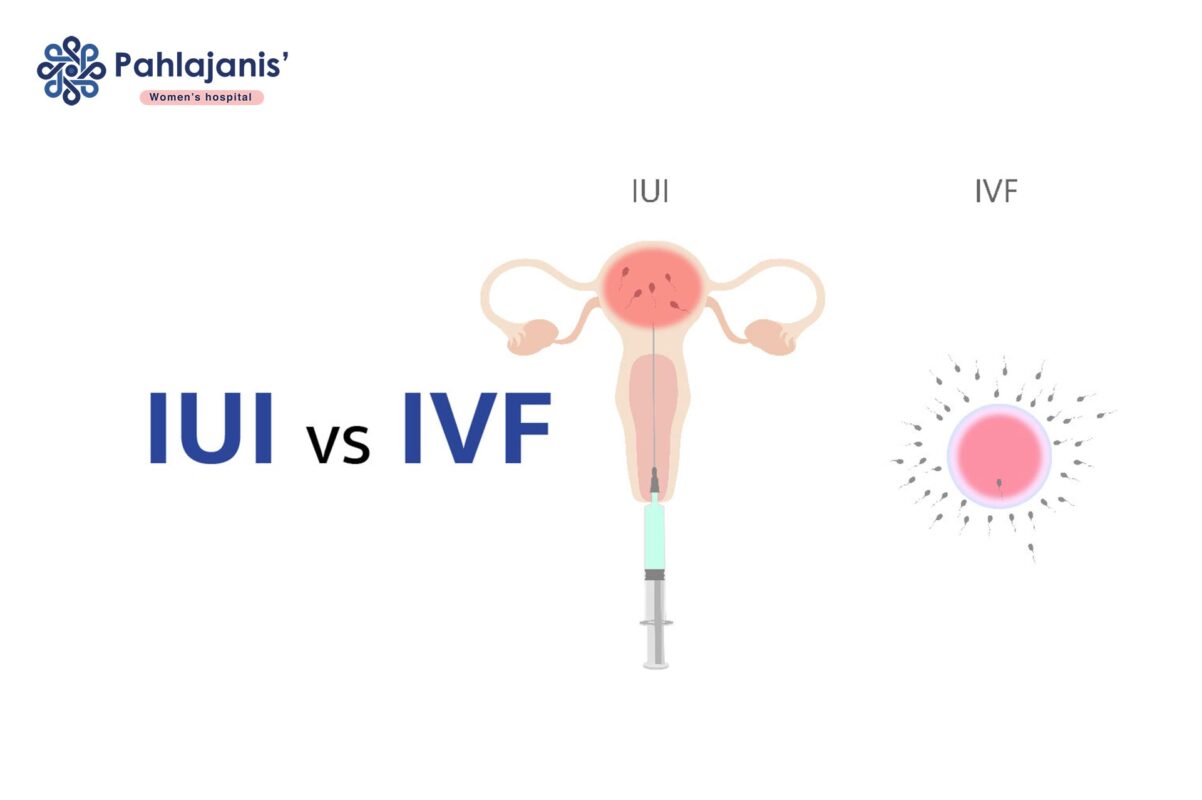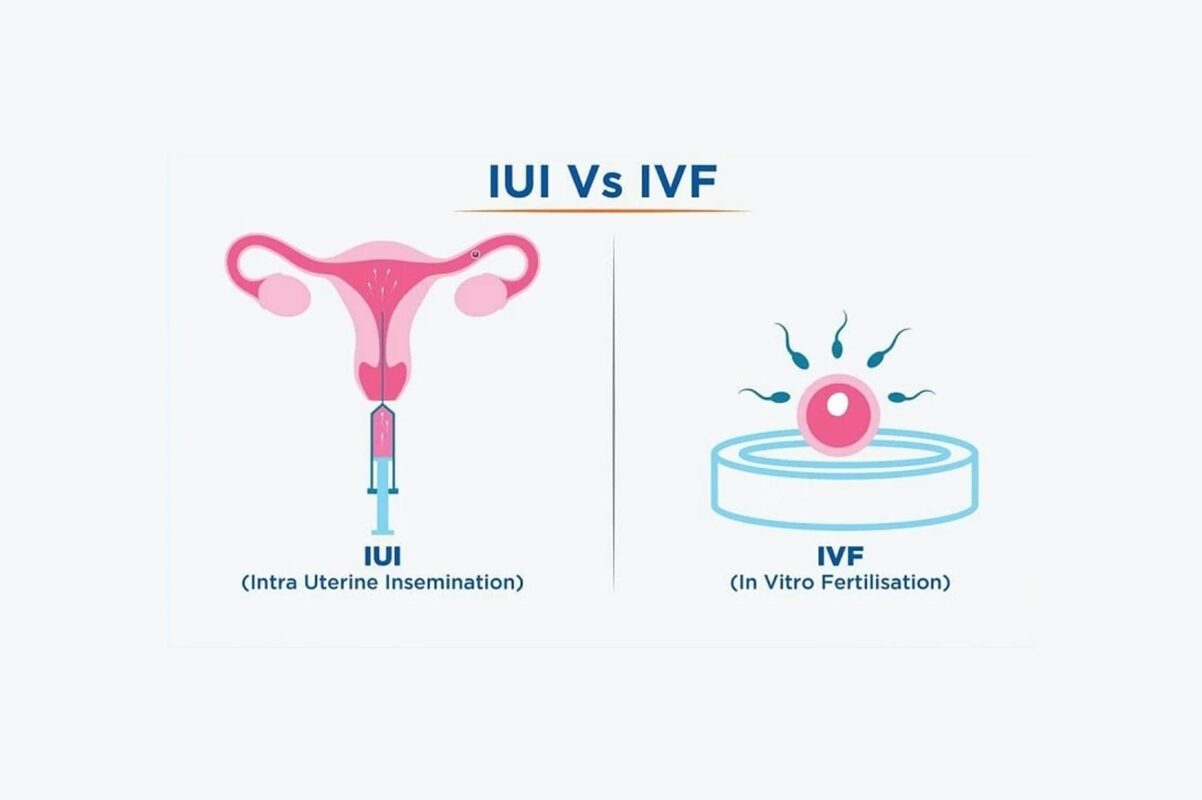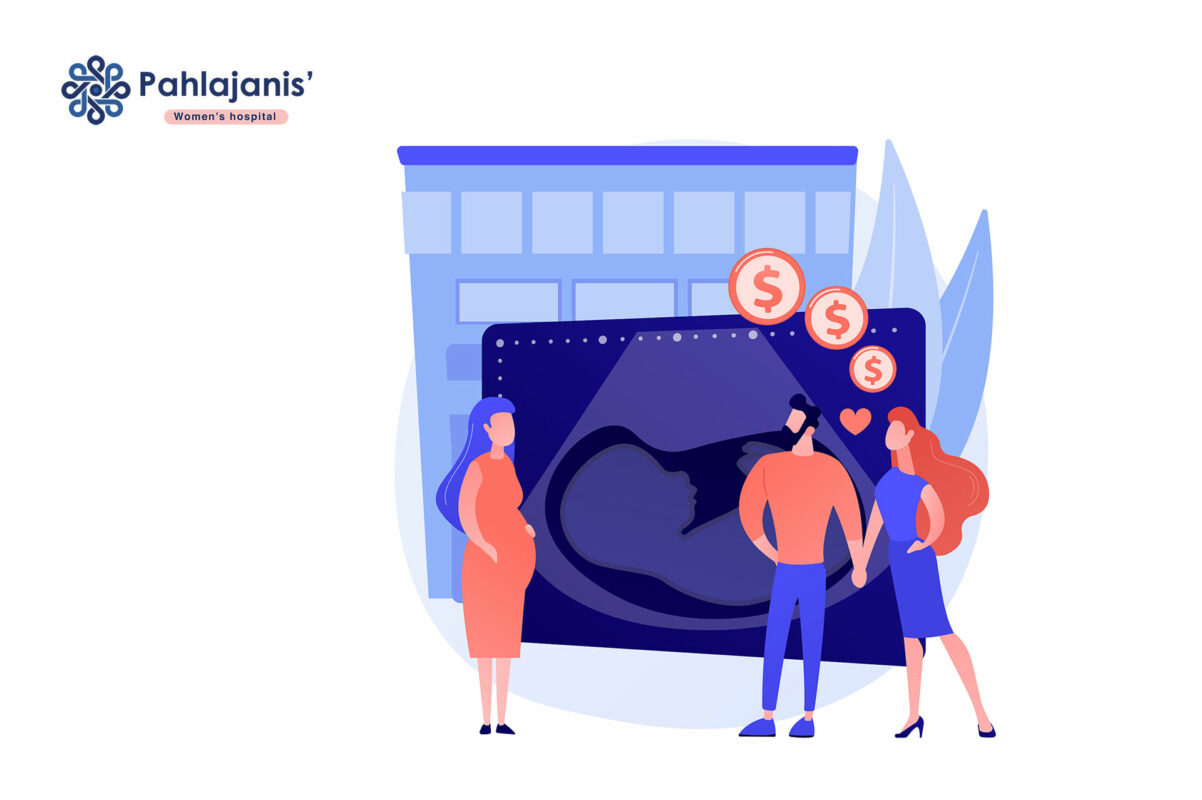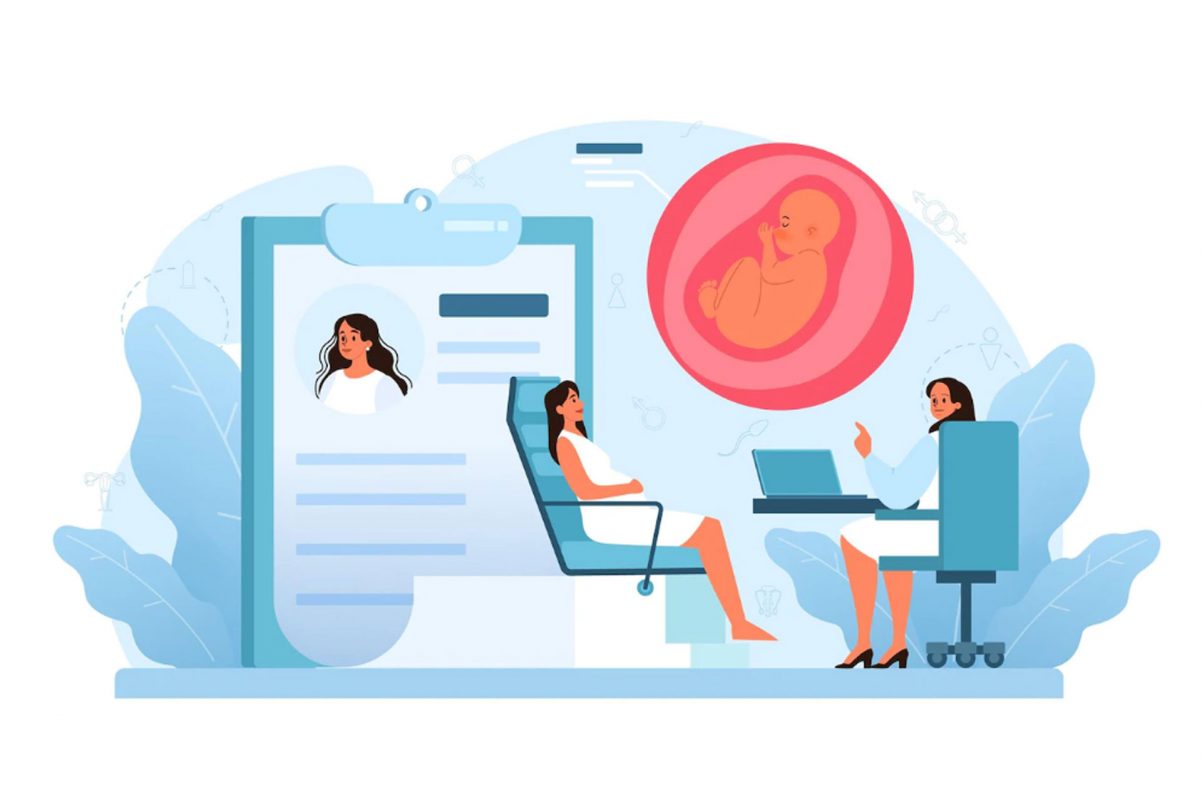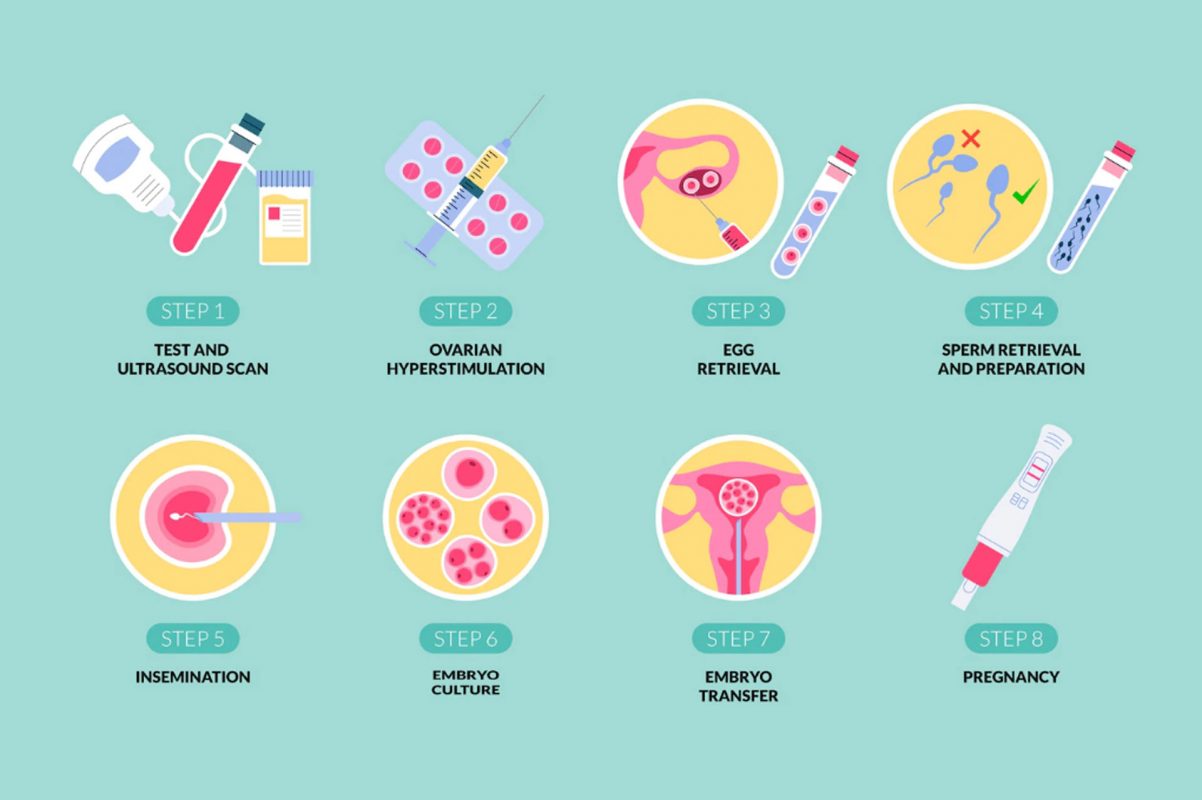Fertility treatments have revolutionized reproductive healthcare, offering hope to millions of couples struggling with infertility. Two of the most commonly used assisted reproductive technologies (ART) are In Vitro Fertilization (IVF) and Artificial Insemination (AI), also known as Intrauterine Insemination (IUI). While both methods aim to help individuals conceive, they differ significantly in process, cost, effectiveness, and ideal candidates.
If you are considering fertility treatments, it is essential to understand the distinctions between these options to make an informed decision. This guide provides an in-depth comparison of In Vitro Fertilization vs. Artificial Insemination, including the process, success rates, costs, and medical recommendations.
What is Artificial Insemination (AI/IUI)?
Artificial insemination, particularly intrauterine insemination (IUI), is a less invasive fertility treatment. It involves placing specially prepared sperm directly into a woman’s uterus during ovulation to facilitate fertilization.
How Does Artificial Insemination Work?
- Ovulation Monitoring – The woman’s cycle is tracked to determine the optimal time for insemination.
- Sperm Collection and Preparation – Sperm from a partner or donor is washed and concentrated.
- Insemination Procedure – The sperm is inserted directly into the uterus through a thin catheter.
- Fertilization and Implantation – If successful, sperm fertilizes the egg naturally, leading to pregnancy.
Who Can Benefit from Artificial Insemination?
- Couples with unexplained infertility
- Women with cervical mucus issues
- Men with mild sperm abnormalities
- Women with ovulatory disorders
- Single women or same-sex couples using donor sperm
Since artificial insemination does not involve egg retrieval or laboratory fertilization, it is generally considered the first step before more advanced fertility treatments like IVF.
Success Rate of Artificial Insemination
The success rate of IUI per cycle ranges from 10% to 20%, depending on factors like:
- The woman’s age
- Sperm quality
- The presence of underlying medical conditions
- Timing of insemination
What is In Vitro Fertilization (IVF)?
In Vitro Fertilization is an advanced fertility treatment where fertilization occurs outside the body in a laboratory. The fertilized egg (embryo) is then implanted into the uterus to initiate pregnancy.
How Does IVF Work?
- Ovarian Stimulation – Fertility medications stimulate the ovaries to produce multiple eggs.
- Egg Retrieval – Eggs are collected from the ovaries using a minimally invasive surgical procedure.
- Sperm Collection and Fertilization – Sperm is obtained from a partner or donor and combined with the eggs in a lab.
- Embryo Development – Fertilized eggs are monitored for growth and development.
- Embryo Transfer – One or more embryos are implanted into the uterus.
- Pregnancy Test – After two weeks, a blood test determines if the procedure was successful.
Who Can Benefit from In Vitro Fertilization?
- Women with blocked or damaged fallopian tubes
- Patients with severe male infertility
- Women with endometriosis
- Couples who have failed multiple IUI cycles
- Women with diminished ovarian reserve
- Those needing preimplantation genetic testing
Since IVF involves controlled fertilization and embryo selection, it is often recommended for patients with complex infertility issues.
Success Rate of IVF
The success rate of IVF varies depending on:
- Age (Higher success in women under 35)
- Egg and sperm quality
- Underlying medical conditions
- Embryo viability
Per cycle, In Vitro Fertilization success rates range from 30% to 50%, making it significantly more effective than artificial insemination.
Comparison: IVF vs. Artificial Insemination
| Factors | Intrauterine Insemination (IUI) | In Vitro Fertilization (IVF) |
| Where Fertilization Occurs | Inside the woman’s body | Outside the body (in a lab) |
| Procedure Complexity | Simple and non-invasive | Complex and involves multiple steps |
| Medication Use | Minimal or no medication required | Requires hormonal stimulation |
| Cost | More affordable (₹10,000 – ₹20,000 per cycle) | Expensive (₹1,50,000 – ₹3,00,000 per cycle) |
| Success Rate per Cycle | 10% – 20% | 30% – 50% |
| Recommended For | Mild infertility issues | Severe infertility cases |
| Egg Retrieval Required? | No | Yes |
| Number of Attempts | Multiple cycles may be needed | Fewer cycles needed due to higher success rate |
Making the Right Choice: Which Treatment is Better for You?
Choosing between In Vitro Fertilization and artificial insemination depends on various factors such as age, medical history, fertility diagnosis, and financial considerations.
- If you are younger (under 35) and have unexplained infertility, IUI might be a good first step.
- If you have blocked fallopian tubes, severe male infertility, or failed IUI attempts, IVF is the recommended option.
- For single women or LGBTQ+ couples, both IUI and IVF can be considered, depending on individual preferences and medical history.
A fertility specialist will perform diagnostic tests like ultrasound, semen analysis, and hormone tests before recommending a suitable treatment plan.
Cost Comparison: IVF vs. IUI
One of the major factors influencing treatment choice is cost. IVF is significantly more expensive due to the complexity of the procedure, lab work, and medications required.
- Artificial Insemination (IUI) Cost in India: ₹10,000 – ₹20,000 per cycle
- IVF Cost in India: ₹1,50,000 – ₹3,00,000 per cycle
While In Vitro Fertilization is more expensive upfront, it offers higher success rates, potentially reducing the need for multiple attempts.
Pahlajani’s IVF Center: A Trusted Destination for Fertility Solutions
Pahlajani’s IVF Center stands as a beacon of hope for couples facing infertility challenges, offering cutting-edge fertility treatments with personalized care. With a team of experienced gynecologists, embryologists, and infertility specialists, the center provides comprehensive reproductive solutions, including IVF, IUI, egg freezing, and advanced genetic screening. Known for its high success rates and state-of-the-art technology, Pahlajani’s IVF ensures that every patient receives a tailored approach to parenthood. Spanning six centers across India, the facility is committed to compassionate support, ensuring a stress-free journey toward conception. Whether you’re exploring artificial insemination or in vitro fertilization, Pahlajani’s IVF Center is dedicated to guiding you every step of the way.
Conclusion: Making an Informed Decision
Understanding the differences between artificial insemination and In Vitro Fertilization is crucial in making the right fertility treatment decision. While IUI is less invasive and more affordable, IVF provides higher success rates and is suitable for more complex infertility cases.
Key Takeaways:
- IUI is ideal for mild infertility cases and first-time treatment seekers.
- IVF is recommended for severe infertility, failed IUI attempts, or medical conditions requiring assisted fertilization.
- Success rates are significantly higher with IVF compared to IUI.
- Cost considerations may influence the choice, but long-term success should also be a deciding factor.
Ultimately, consulting with a qualified fertility specialist is the best way to determine the right treatment based on your medical history and reproductive goals. If you are considering fertility treatment, book an appointment with an experienced gynecologist or infertility expert to explore your options.
By taking a step towards understanding fertility treatments, you empower yourself to make an informed and confident decision about your reproductive health.

